Ho Chi Minh City to relocate 5,800 more households for canal clean-up
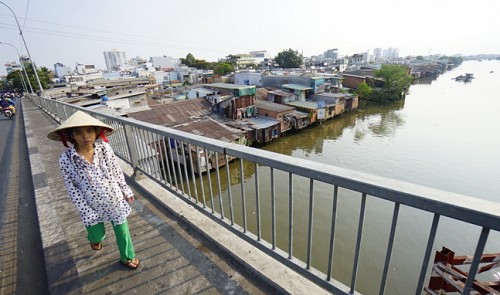
The upcoming “exodus” is in preparation for the third phase of an ongoing project to improve the aquatic environment in the southern metropolis.
The project, launched in 2012, is funded by Japanese government’s official development assistance (ODA) for Vietnam through Japan International Cooperation Agency (JICA).
ODA financing is undertaken by the official sector to promote the economic development and welfare of developing countries.
According to Luong Minh Phuc, director of the city's Urban Traffic Constructions Investment Management Board, over the past few years, the basins of four major canals in Ho Chi Minh City, Tau Hu – Ben Nghe – Doi – Te, have undergone the first and second phases of the project.
Phuc said the project is currently in its prefeasibility phase, with the city’s People’s Committee and JICA recently going on a field trip to inspect the canals in preparation for its third phase.
The primary goal of the third phase is to dredge the Doi and Te canals and upgrade 13.5 kilometers of roadway that run alongside them. The improvements will aim to allow an unobstructed flow of water to eradicate urban flooding.
The project is expected to affect an area of 1,600ha along the canals that run through districts 4, 7, 8, and Binh Chanh district, relocating 29 offices and 6,200 households, 400 of which have already been relocated as part of phases one and two, Phuc said.
The site clearance compensation is estimated at around VND4,500 billion (US$202 million), and compensation plans are still being sketched.
Answering Tuoi Tre’s (Youth) question on the lives of the affected residents, Phuc said there were a number of difficulties facing the relocation plan, such as the density of households in some areas and the durability of certain houses.
Phuc said discussions were underway among the board, the city’s Department of Construction, and chairman of the People’s Committee of District 8 to combine the relocation plan with the construction of new high-rises in cleared areas for displaced residents live.
This new fashion of relocating, Phuc said, was an answer to the people’s wish not to be moved too far from their old homes, as observed in previous projects.
The ultimate goal of the relocation plan and the whole aquatic environment improvement project is to improve the quality of life for the people, Phuc concluded.
What the stars mean:
★ Poor ★ ★ Promising ★★★ Good ★★★★ Very good ★★★★★ Exceptional
Latest News
More News
- Tan Hiep Phat - three decades of serving society (November 04, 2024 | 17:58)
- Hanoi to restrict polluting vehicles across key districts (November 04, 2024 | 16:29)
- Hoan My Medical Group launches breast cancer screening to support community health (November 02, 2024 | 10:56)
- Vietnamese students explore the future at STEAMese Festival (October 28, 2024 | 16:55)
- Honouring ‘Green Warriors’ on Vietnamese Women’s Day (October 21, 2024 | 15:16)
- Swing for the Kids charity golf tournament kicks off (October 13, 2024 | 09:00)
- Swing for the Kids 2024 tees up opportunities for Vietnam's youth (October 12, 2024 | 10:00)
- HCM City approves 9 billion-USD Can Gio coastal urban development project (October 08, 2024 | 15:56)
- Nha Trang Bay submarine services pilot programme extended to next March (October 08, 2024 | 15:45)
- Swing for the Kids scholarship motivated by beneficiary’s kindness and maturity (October 08, 2024 | 12:35)




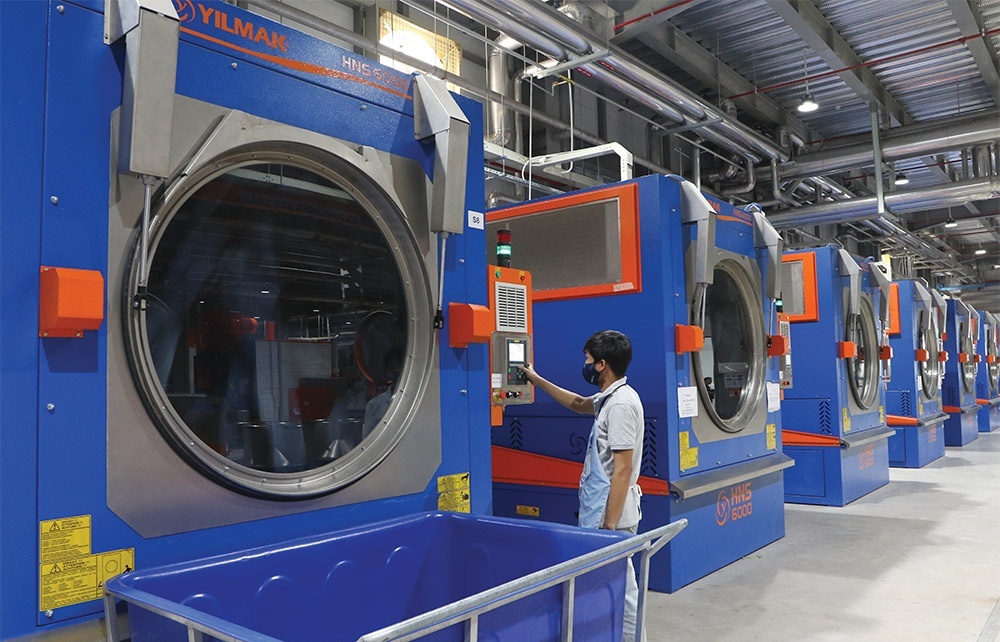
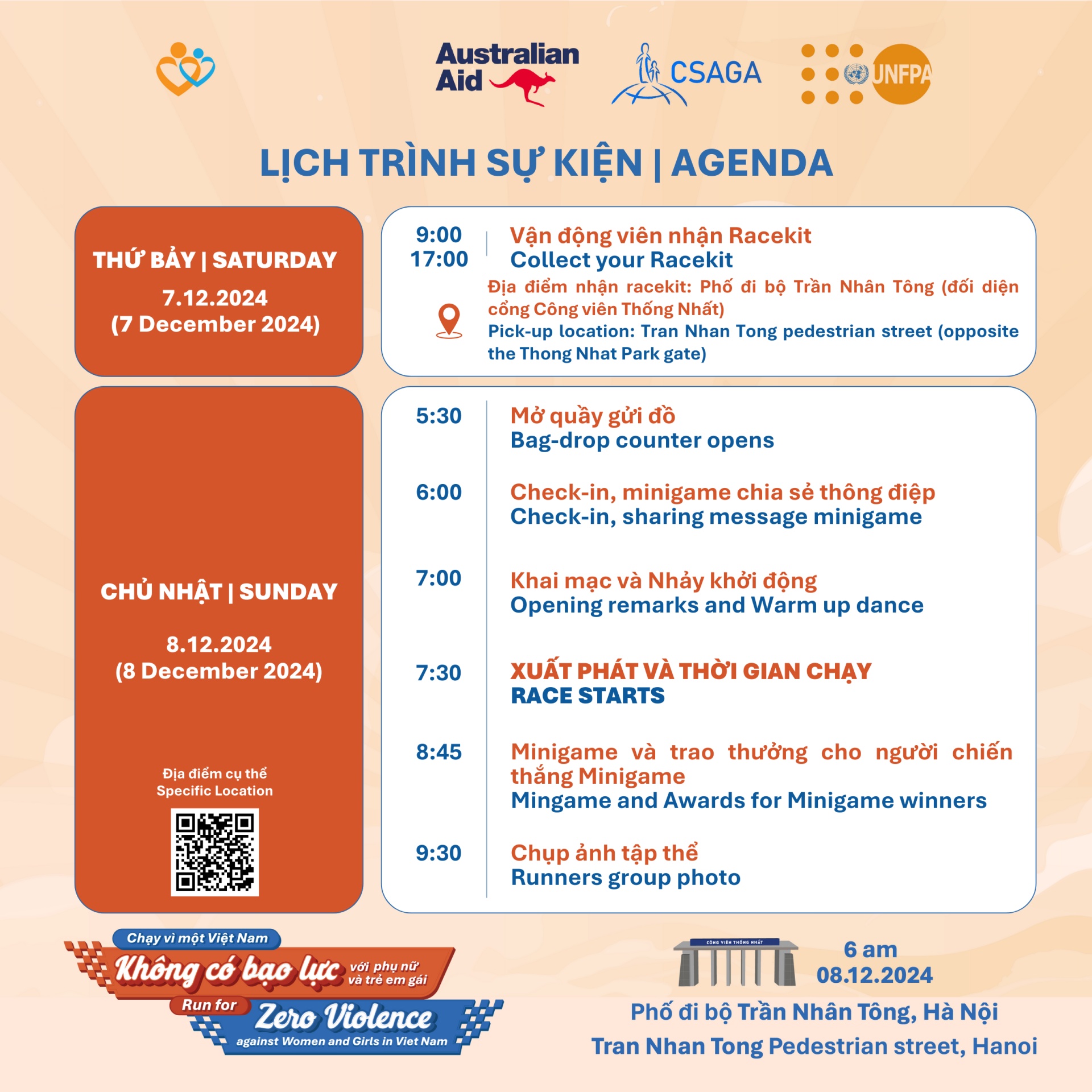
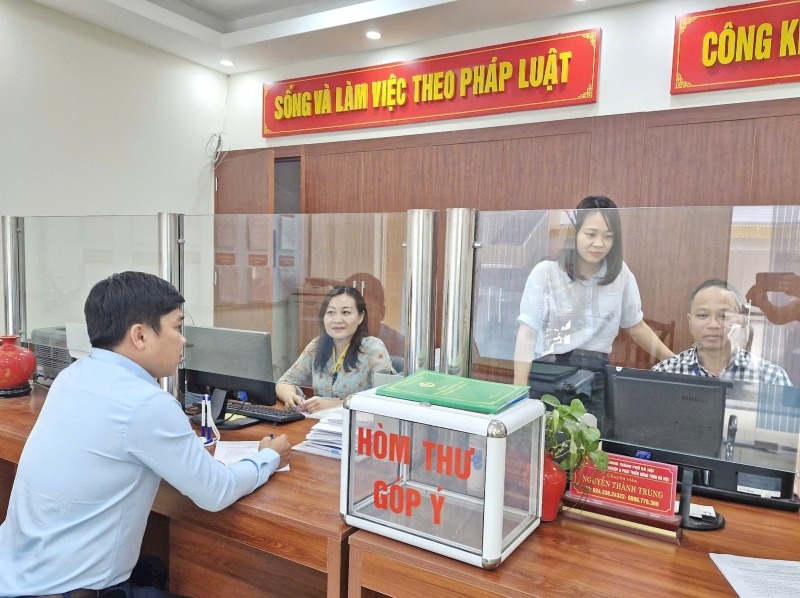


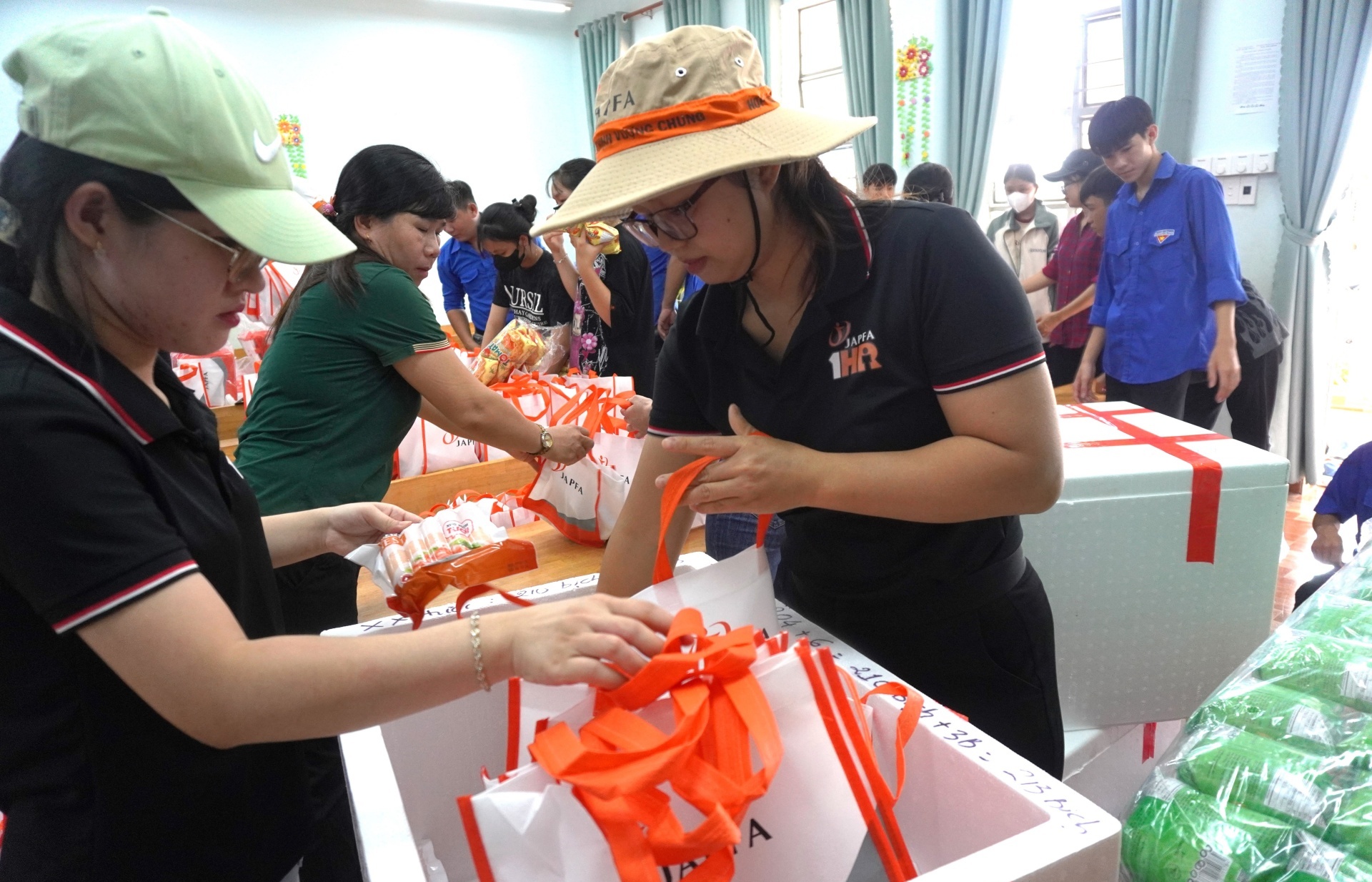



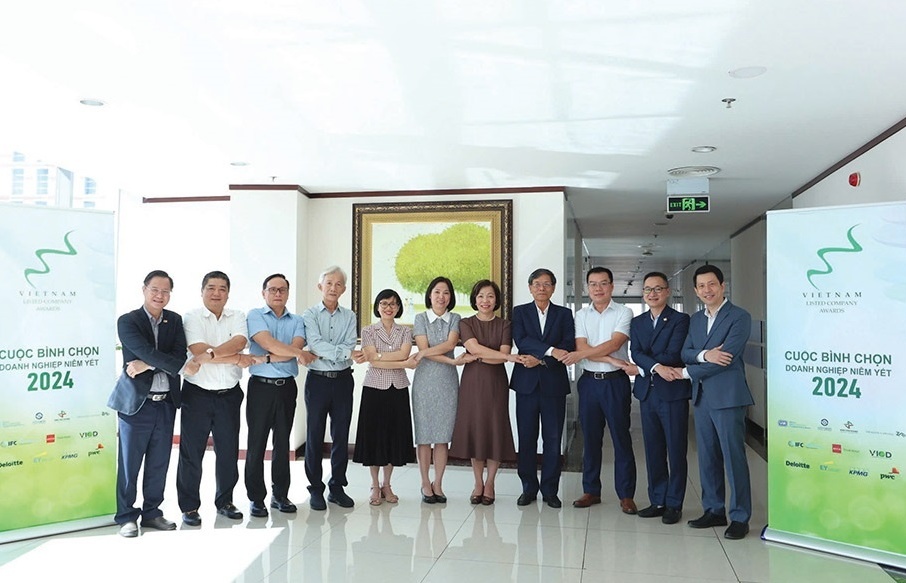






 Mobile Version
Mobile Version